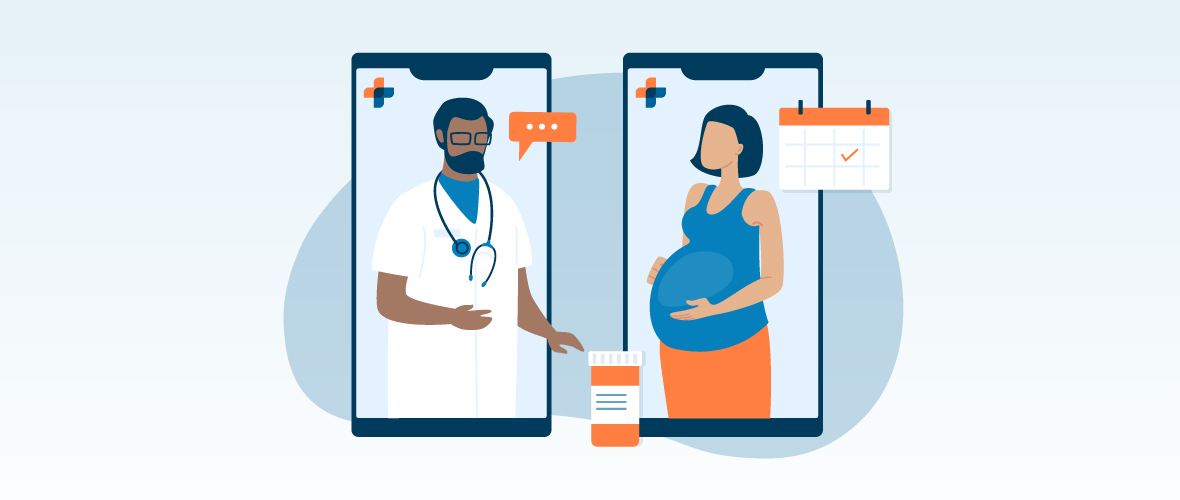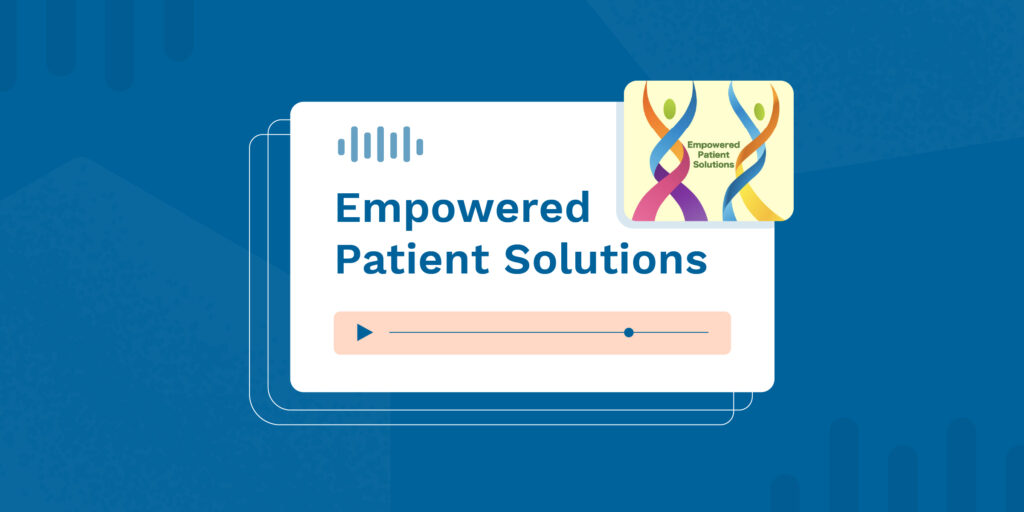The COVID-19 pandemic created unexpected trends and trajectories in the social landscape of the United States, and especially in medicine and family planning. While many analysts expected higher pregnancy rates, one year into the pandemic proved quite the opposite. Before the pandemic, OB/GYNs were in short supply; now the demand has drastically dropped. Due to increased stress, financial pressure, job loss, and overall uncertainty, there has been a severe reduction in pregnancies and births since 2020.
The Guttmacher Institute found that not only have birth rates declined, but women have also reduced the number of children that they expect to have or have postponed plans to have children due to the pandemic. The research showed that this decline in fertility and birth rates has happened worldwide in countries such as Italy, France, Germany, Spain, and the UK. While it is too soon to know if and when pregnancy rates will begin to increase again, we know that the pandemic will have long-lasting effects on women’s health, family planning, and society.
Adapting and Reconnecting with OB/GYN Patients
OB/GYNs are rethinking protocols, using technology in new ways, and increasing reliance on telehealth and remote monitoring as we re-emerge from the pandemic. With shifted fertility treatment plans, postponed cycles, and new telehealth use, patients will return to their reproductive healthcare with different expectations. Technology will be critical for OB/GYNs to adapt and reconnect.
Many patients are still cautious about in-person visits and have enjoyed the benefits of telemedicine since the pandemic’s onslaught. Moving forward, we can expect to see more patients comfortable with electronic communication with their physicians, and an increased comfort level with telemedicine tools means that better patient-provider relationships can be formed through patient engagement portals.
Although OB/GYNs may see the consequences of delayed patient care during the pandemic, portals can be a valuable tool for sharing lab results and discussing routine monitoring, speeding up processes, and increasing transparency and trust. For example, routine monitoring such as blood pressure monitoring, counting kicks, etc. can all be performed from patients’ homes with the right education, tools, and documentation.
Remote monitoring and telehealth will also necessitate better electronic health records (EHR). Although EHR implementation has historically been lower among OB/GYNs than other physician groups, it has increased in recent years, and overall satisfaction with EHR has been high. By integrating data within the EHR, physicians can improve tracking and monitoring remotely.
Secure Technology to Meet Changing Patient Needs
RXNT’s software offers premium security and optimizes interoperability for streamlined physician and patient communication. For physicians, lab interfaces make it easier to request and review frequently needed OB/GYN lab work (e.g., CBC panels, thyroid, ovulation, etc). A secure system allows patients to visit remotely and confidentially. Our software also seamlessly integrates with your computer’s dictation features to record transcripts.
For caregivers and patients, our patient portal improves communication and convenience with the ability for patients to schedule their appointments and review and sign consent forms, including those for minors. For practice administrators, RXNT’s medical billing software automates tasks and eligibility checks and is flexible enough for claim splitting for multiple claims related to one visit. Plus, alerts and tracking allow practices to collect patient payments with more transparency, maintaining valuable patient trust while also keeping a close eye on revenue flow.
The world is changing quickly, but we are here to help. Learn more about how RXNT’s software can help your OBGYN practice adapt to the post-pandemic health age. With the right tools at your disposal, you can streamline and reconnect to meet your patients’ changing needs.





